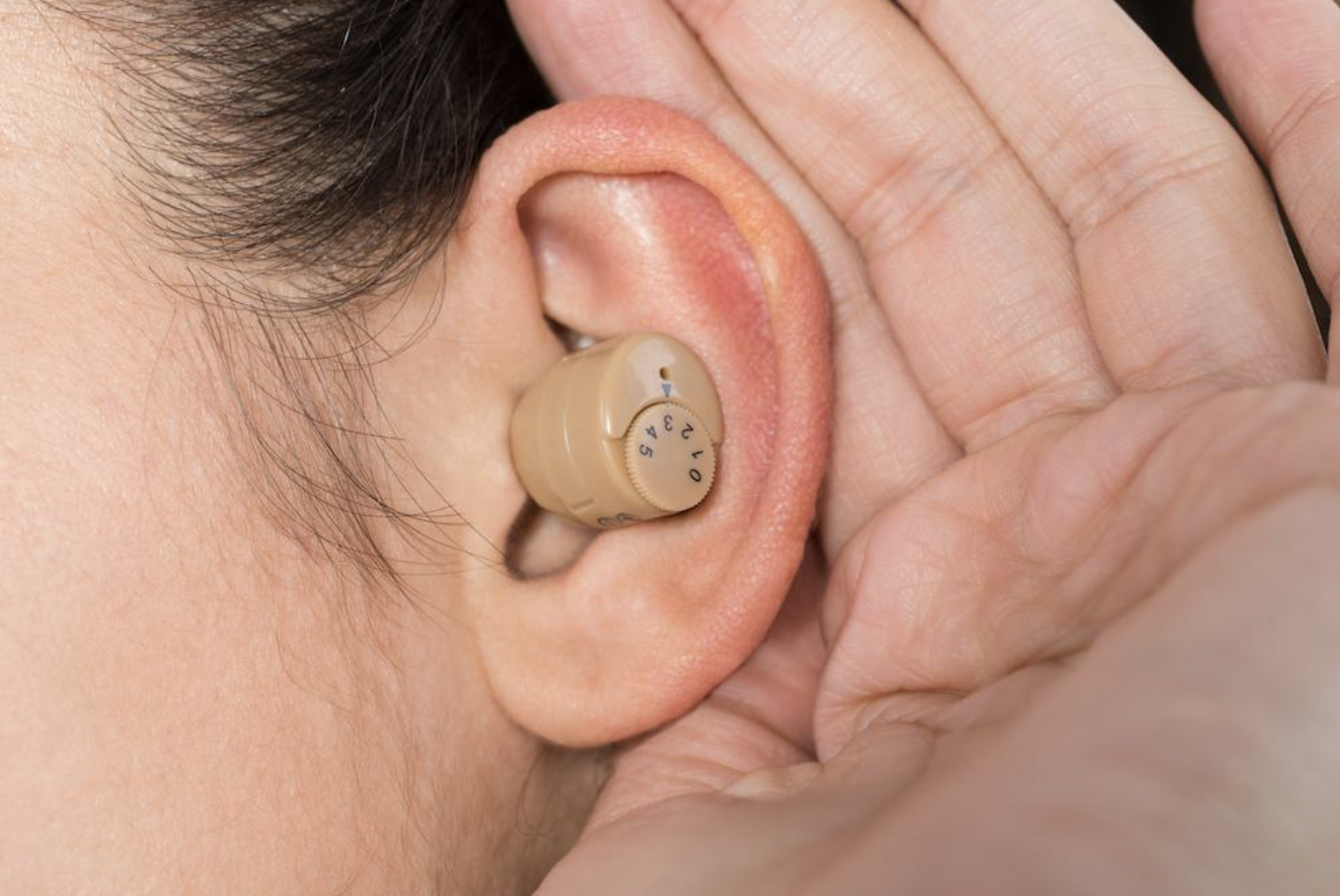
People who have suffered hearing loss are missing out on a lot of everyday life. Getting help for hearing loss can seem daunting to some people. They worry about the cost of treatment and good hearing aids or do not want to have people know they need to wear a hearing aid. Some people are reluctant to get hearing aids because they know people who have had bad experiences with hearing aids. What if they spend thousands of dollars on hearing aids that do not help them hear better?
Table of Contents
The Price of Hearing Aids
Older people who are advised to get hearing aids are often dismayed by the high cost. But, there is a reason for the price of hearing aids. The hearing aid itself does not cost that much to manufacture, but the research behind that hearing aid can be very costly, and the investment needs to be recovered by the manufacturer. Also, different types of hearing aids have different costs.
When a person goes to a qualified audiologist, they can get help choosing the type and brand of hearing aid they can afford and that works best for them. The price of the hearing aid also includes the follow-up services needed to keep hearing aids working over time. Matching the hearing aid features and abilities to the needs of the patient can save money.
Hearing aids can cost less than $1,000 or more than $7,000 for ones using the most advanced technology and features. The average expense for a pair of hearing aids is roughly $4,000 to $4,500.
This high cost takes into consideration several factors above and beyond the materials used to make hearing aids. Materials like microphones and microprocessors make up about 10% of the final cost of the hearing aid.
The Hidden Costs Of Hearing Aids
The research involved amounts to more than 300% of the material cost of hearing aids. Some of the experts involved in the research and design of hearing aids include electrical engineers, computer programmers, audiologists, musicologists, and others. These very small devices have a very big job to do, and making that happen is expensive.
Once the hearing aids are manufactured, more money is spent to package, market, and sell them. Every step along the way adds costs to the devices. Once they are in the hearing clinics and other retail sales venues, the staff must be trained on how they work and how to help customers use them successfully. When hearing aids are sold to customers, the clinics and retail locations add up to a 2 1/2 times the wholesale price markup to the hearing aids.
This large markup is justified by the sellers due to high space rents and paying the salaries of the experts who help hearing aid customers. The hearing aid clinics must use expensive equipment such as hearing-test booths and sound boxes. Then customers may return multiple times for hearing aid adjustments, fittings, cleaning, and other help that is included in the price. Audiologists need to purchase licenses and take continuing education classes. The clinic needs to purchase insurance to cover all aspects of the clinic.
Saving Money on Hearing Aids
Some money can be saved by purchasing hearing aids online or from retail outlets, but these prices do not include all the services a hearing aid clinic provides. When the price only includes the hearing aid device, where does a person get fittings, professional hearing services, warranties, repairs, adjustments, or loaner hearing aids while repairs take place? Choosing the correct hearing aid may be difficult when purchasing them online or in a retail outlet. If a mistake is made, it can be difficult to return the devices and choose another product without a lot of expense.